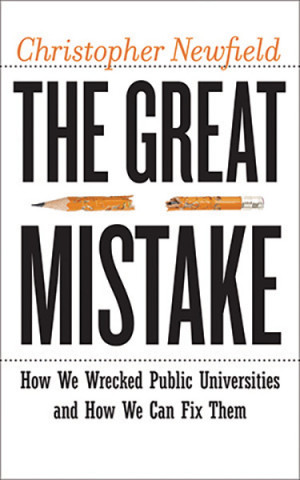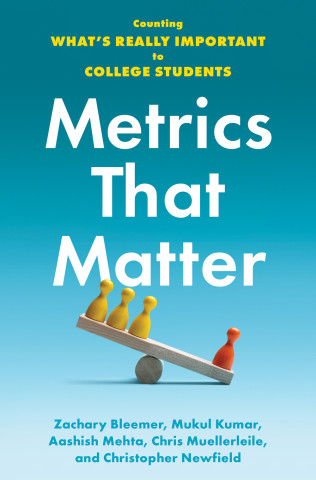Among the useful material in the Daily Planet story on Regent Richard C. Blum's significant investment stakes in the for-profit higher ed sector, note especially the description of Blum Capital's investment behaviors, particularly its price arbitrage at crucial moments. I'll comment later this week on what this tells us about the relations between two distinct functions known as investing and discovering.
For more on the overall issue of the relation between public duty and private interest, in addition to Michael's and Catherine's discussions and links below, also see:
A favorable bio-story from 2003, with passing reference to Blum Capital's stake in a UBS-related defense contractor.
A critical five-part series on Blum's investments and social impacts in the Anderson Valley Advertiser.
Google Finance metrics on two of the companies noted to be part of Blum Capital's portfolio: Career Education Corporation and ITT Educational Services, Inc. You can use the "related companies" function to compare the financials of these firms to others in their sector.
See this chart for CEO compensation in the sub-prime higher ed sector -- produced as part of an ongoing Congressional investigation.
There's also "Subprime Goes to College," an attack offered in Congressional testimony of the dependence of the sector on unsustainable student debt (not to mention federal funding). The attack is authored by a hedge-fund manager named Steven Eisman. He is helping his short position in subprime education companies such as those held by Blum Capital, but he offers useful data and a condensed summary of common complaints about the overall industry.
The Headline
4 hours ago




1 comments:
DiFi's husband, hmph.
Join the Conversation
Note: Firefox is occasionally incompatible with our comments section. We apologize for the inconvenience.